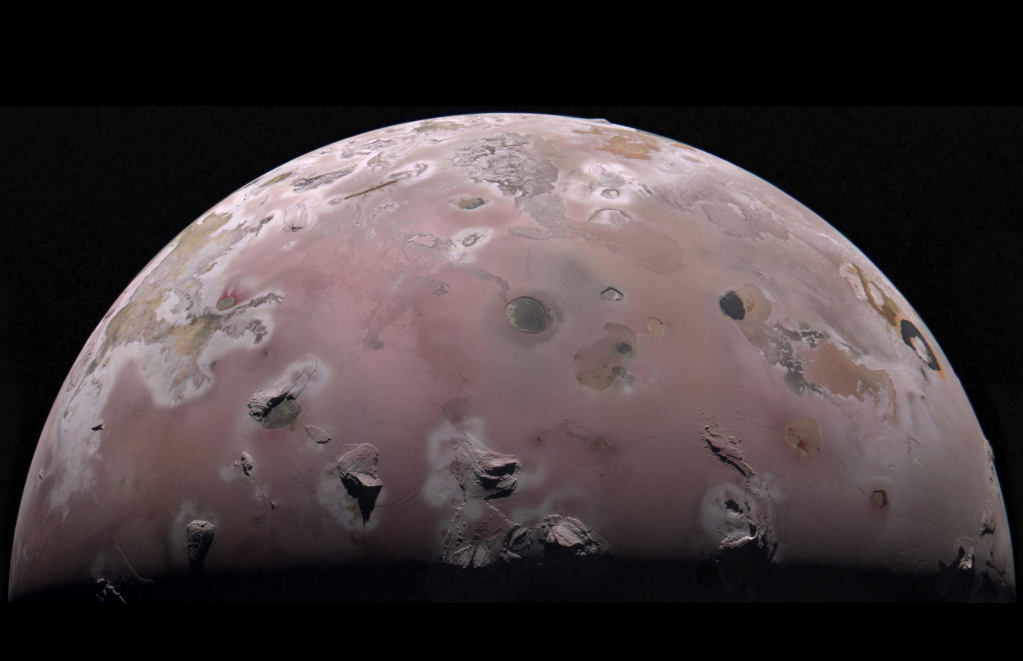Tiger Stripes…Magnified!
| PIA Number | PIA11135 |
|---|---|
| Language |
|
During two close flybys of Saturn’s moon Enceladus in 2008, the cameras on NASA's Cassini acquired several very high-resolution images of specific regions of the south polar terrain. These images have been used to construct this detailed mosaic of the moon's famous tiger stripe fractures.
A special spacecraft maneuver dubbed "the skeet shoot" was employed to make smear-free imaging at close range possible. The ground track of the camera's pointing was selected to cut swaths across three tiger stripes, or sulci, the prominent rifts through which jets of water vapor and ice particles are actively jetting. The swaths during the two flybys were chosen to pass over specific locales on the surface. In total, six of the eight regions on or near the tiger stripes known to be warm sites of previously observed jet sources were imaged.
This clear filter mosaic includes all of the skeet-shoot images overlain on images acquired at lower resolution of regions near Damascus, Baghdad and Cairo Sulci. The annotated version identifies the locations of the six targeted jet source sites (solid yellow circles) as well as the footprints, or outlines, of Cassini's narrow-angle camera views of the surface during the skeet-shoot maneuvers on August 10 (green squares) and October 31 (orange squares). Although visible in other lower-resolution images, jet source site VIII (dashed yellow circle) was not targeted in the skeet shoot. Within the colored squares, image scales range from 9 meters (30 feet) to 39 meters (129 feet) per pixel.
The Cassini-Huygens mission is a cooperative project of NASA, the European Space Agency and the Italian Space Agency. The Jet Propulsion Laboratory, a division of the California Institute of Technology in Pasadena, manages the mission for NASA's Science Mission Directorate, Washington, D.C. The Cassini orbiter and its two onboard cameras were designed, developed and assembled at JPL. The imaging operations center is based at the Space Science Institute in Boulder, Colo.
For more information about the Cassini-Huygens mission visit http://saturn.jpl.nasa.gov . The Cassini imaging team homepage is at http://ciclops.org .
Credit: NASA/JPL/Space Science Institute



























